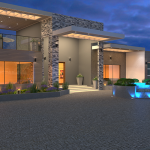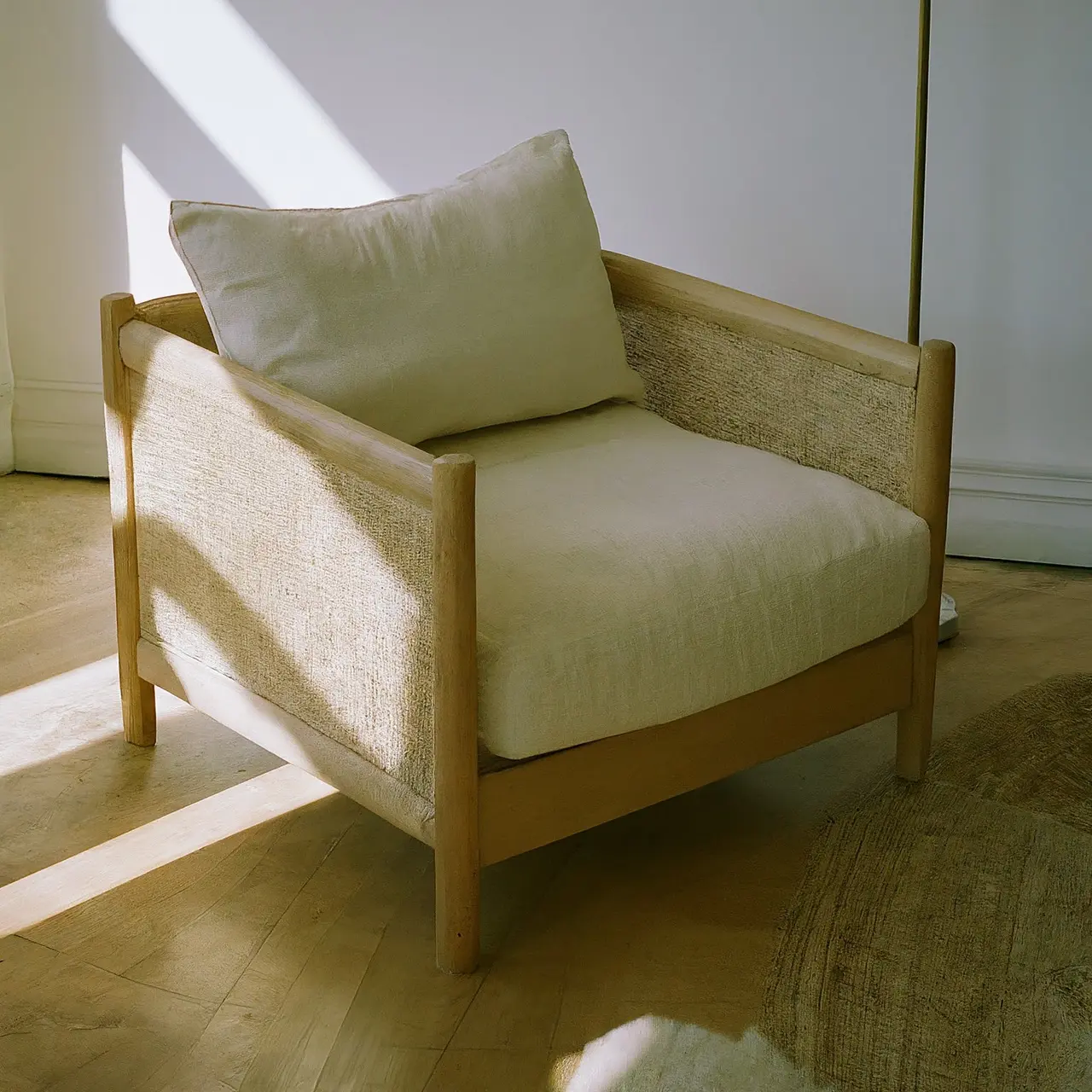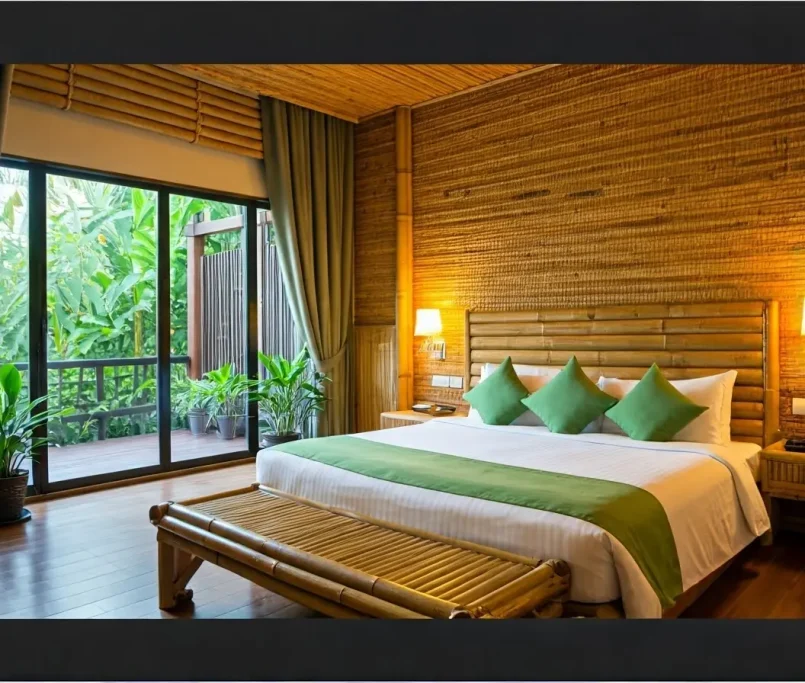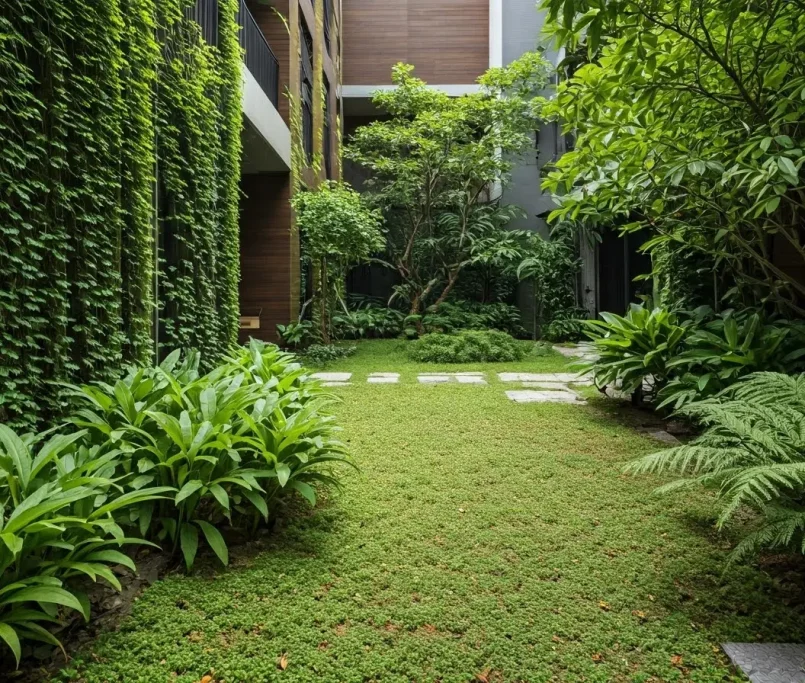What Are the Benefits of Using Sustainable Materials in Interior Design?
Dive into the green revolution of interior design! Discover how sustainable materials not only benefit the planet but also transform your space into innovative interiors that speak volumes about style and responsibility.
Introduction to Sustainable Materials in Interior Design
The shift towards sustainable materials in interior design is not just a fleeting trend but a fundamental change in how we approach creating spaces. From reclaimed wood to recycled plastics, these materials offer a chance to reduce environmental impact while curating visually stunning and innovative interiors.
Sustainable interior design goes beyond selecting eco-friendly materials; it involves a holistic approach to minimizing ecological footprints. By incorporating elements such as energy-efficient lighting and low-VOC paints, designers can create healthier environments for inhabitants.
How Sustainable Materials Promote Environmental Health
Choosing sustainable materials in interior design plays a crucial role in preserving our planet’s resources. These materials often require less water, energy, and other resources to produce, making them an integral part of reducing the construction industry’s carbon footprint.
Furthermore, sustainable materials such as bamboo, cork, and recycled metal not only help conserve precious resources but also reduce waste in landfills. Their durability means longer lifespans for interior elements, leading to less frequent replacements and, consequently, less waste.
Enhancing Aesthetics with Innovative Interiors Using Sustainable Materials
Sustainable materials offer unique textures and natural elegance that can elevate the aesthetics of any space. Materials like reclaimed wood bring history and character, while recycled glass tiles add vibrancy and light.
Economic Benefits of Choosing Sustainable Materials
Initially, the cost of certain sustainable materials can be higher than conventional ones. However, their durability and energy efficiency often lead to savings in the long term. For example, materials like sustainable insulation can dramatically reduce energy bills.
The growing demand for eco-friendly materials also supports local economies by fostering industries that harvest and produce sustainable products, creating jobs and promoting environmental awareness.
Sustainable Materials Impact on Indoor Air Quality
The use of non-toxic, sustainable materials significantly improves indoor air quality. Conventional interior materials can emit harmful chemicals, known as VOCs, which sustainable materials typically do not. This makes for healthier living environments and contributes to the overall well-being of the occupants.
Case Studies: Success Stories of Innovative Interiors
Many successful projects showcase the incredible potential of sustainable materials in interior design. From commercial buildings achieving LEED certification to homes built with entirely recyclable materials, each case study serves as inspiration for utilizing eco-friendly materials in innovative interiors.
One notable example is a cafe in Tokyo, which utilized reclaimed wood and recycled plastic for its décor, creating a warm, inviting atmosphere that customers love. Such projects not only stand as examples of sustainability but also as proof of the beautiful complexity of eco-friendly design.
How to Start Incorporating Sustainable Materials in Your Designs
Beginning to integrate sustainable materials into your designs can be as simple as choosing recycled furniture or opting for paints without harmful chemicals. Researching and sourcing materials that are both eco-friendly and suitable for your project is a great start.
Engaging with suppliers who prioritize sustainability and can provide detailed information about the production and origin of their materials is also crucial. This ensures that your designs contribute positively to the environment and promote the use of renewable resources.
A Greener Future with Sustainable Design
Embracing sustainable materials in interior design is more than a trend; it’s a meaningful step towards environmental stewardship and creating spaces that are both beautiful and benevolent. By choosing materials that are kind to the earth, we contribute to a more sustainable future while enjoying aesthetically pleasing and health-conscious innovative interiors. Let’s continue to innovate, inspire, and influence the world of design with every choice we make.












